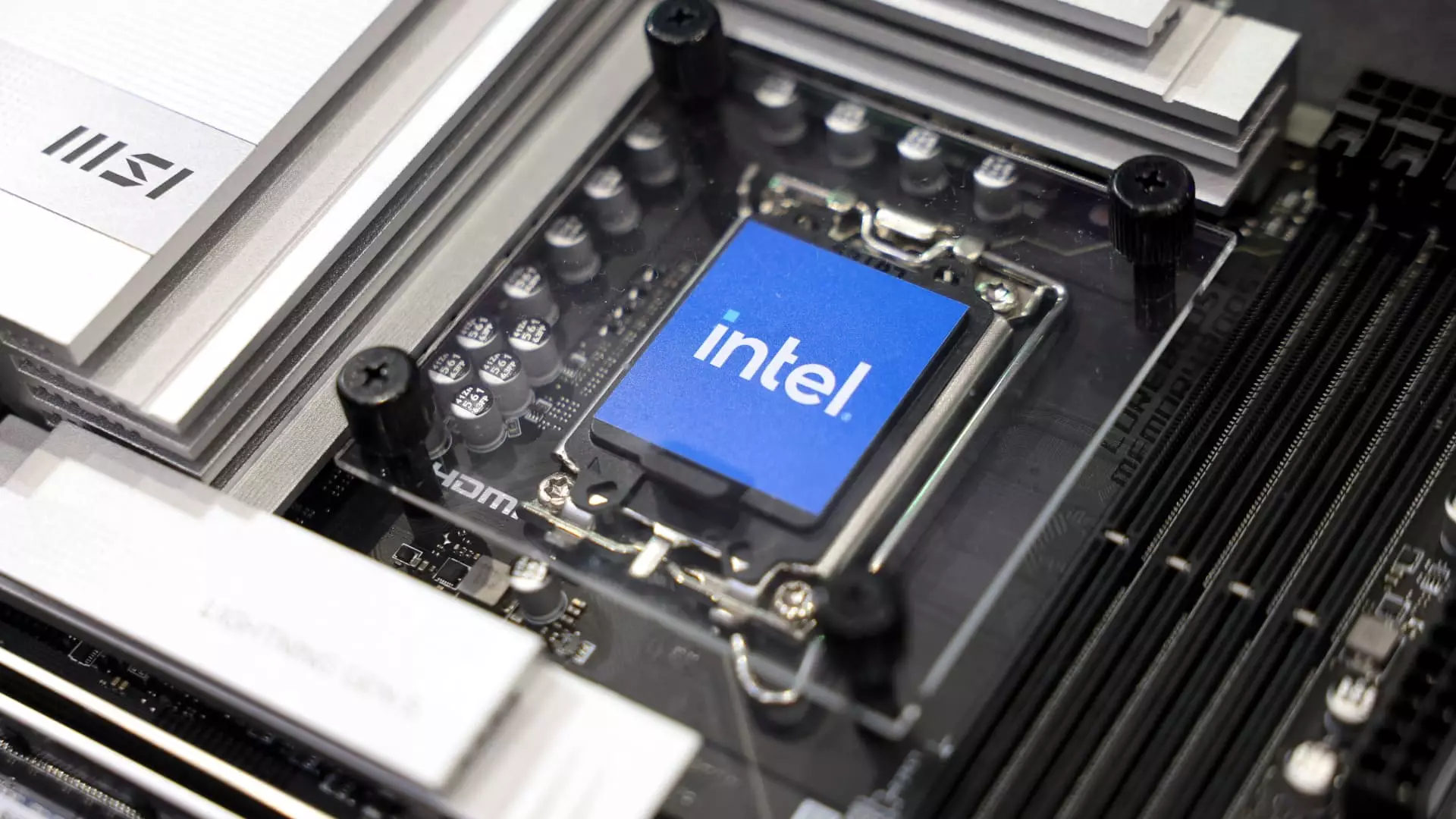The world of finance is consistently in flux, with midday trading serving as a vital barometer of market sentiment. As different companies report earnings and react to ongoing regulatory actions, they can make significant moves that influence broader market trends. This article will delve into notable stock movements and the underlying factors affecting them, with an emphasis on their implications for investors.
In a striking legal development, Tapestry saw its shares surge over 14% despite a court ruling that favored the Federal Trade Commission (FTC) in blocking its acquisition of Capri Holdings. This juxtaposition raises intriguing questions regarding market psychology. The spike in Tapestry’s stock might indicate investor confidence in the company’s intrinsic value, independent of the regulatory hindrance presented by the FTC.
Conversely, Capri witnessed a significant decline of 47%. The stark contrast in stock performance begs an analysis of how legal uncertainties can affect investor sentiment. While Tapestry’s investors may be banking on its solid fundamentals, Capri’s downturn suggests a lack of confidence in its operational stability moving forward. This situation serves as a crucible for testing the resilience of corporate structures in the face of regulatory challenges.
L3Harris Technologies emerged as a bright spot with a 3.5% increase in shares following a robust earnings report that exceeded analysts’ expectations on both revenue and profit. The company also revised its earnings forecast upward, a strategic move that can instill confidence among investors and reflect positively on its growth trajectory. It illustrates how defense sector firms can thrive even amid fluctuating economic conditions.
On the other hand, Colgate-Palmolive experienced a downturn of over 3% despite beating earnings expectations. This points to an interesting phenomenon where good news isn’t always enough to prop up stock prices. Investors seemed to react negatively to broader market sentiment or potential concerns about future demand, revealing the fickle nature of consumer goods stocks amid shifting consumer behaviors.
Western Digital’s shares experienced a 7% bump after the company reported a notable earnings beat in its fiscal first quarter. Although its revenue fell slightly short of expectations, the optimism surrounding adjusted earnings indicates a resilient business model capable of weathering turbulent market conditions. Such a performance suggests that, in the tech space, stock prices can reflect not only current results but also expectations for future profitability.
In contrast, HCA Healthcare faced a setback, with shares dropping over 9%. While the company’s revenue was close to analysts’ predictions, the slight shortcoming raised concerns that the healthcare sector remains under strain—a stark reminder of the ongoing pressures facing providers. The market is sensitive to any signs of instability in sectors offering essential services, manifesting in stock price movements that reflect broader anxieties.
Coursera, an online education platform, saw its stock drop approximately 8%. The company’s forecast for fourth-quarter revenue was in line with expectations, yet market concerns regarding fluctuating demand are palpable. This illustrates the challenges faced by companies operating in the rapidly evolving digital learning space, where growth projections often carry high expectations from investors.
Conversely, Digital Realty Trust enjoyed a substantial leap of 11% after announcing record lease bookings in the third quarter. This highlights the robust demand for data center real estate, further emphasizing the value of adaptability within the REIT sector. As tech companies expand, the need for physical data storage solutions is becoming increasingly critical, thus benefiting companies like Digital Realty.
The midday trading landscape is a telling reflection of the complexities inherent in the stock market. From legal challenges to earnings reports, various factors play crucial roles in shaping stock performances. With contrasting results across sectors—highlighted by the dramas surrounding Tapestry and Capri, the mixed signals from consumer goods, and the merging trends in tech and real estate—investors must navigate a landscape fraught with both opportunities and challenges. As markets continue to evolve, remaining vigilant and well-informed will be essential for those looking to capitalize on these fluctuations.

